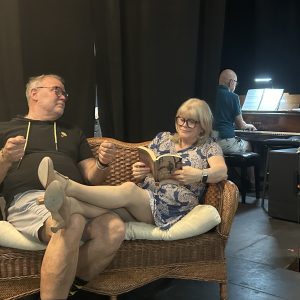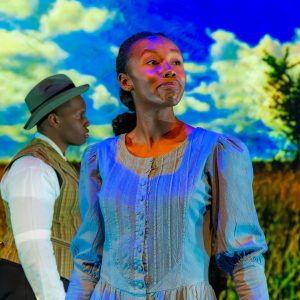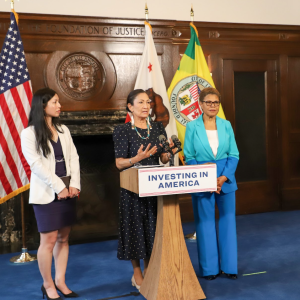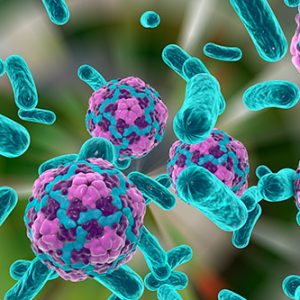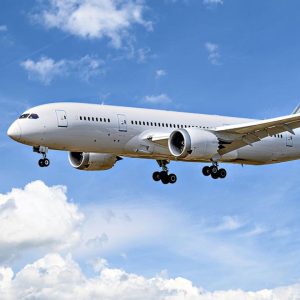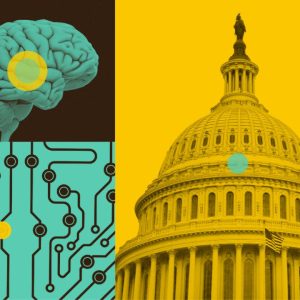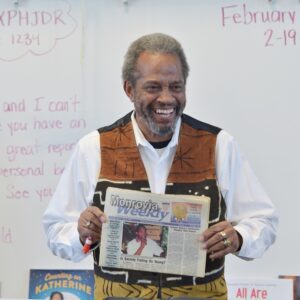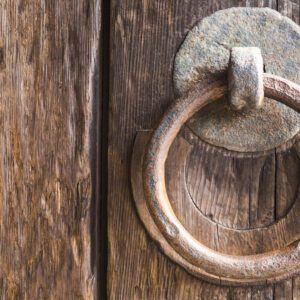 View Winners →
View Winners → Monrovia High School Teacher and Pasadena Professionals Part of NASA Research Program
Imagine you are a high school student walking into your science class in September and you learn that your teacher is doing research with NASA and you can actually participate.
Monrovia High School teacher Pamela Thompson is one such teacher who has been selected for this project.
This experience is occurring in schools around the US as more and more teachers become part of the NASA/IPAC Teacher Archive Research Program. 2012 marks the program’s 8th year.
This program partners professional scientists with (primarily) high school teachers to carry out an original research project and present the results at the semi-annual meeting of the American Astronomical Society, the professional organization for astronomers in the US.
After completing the program, the teachers incorporate the experience into their classrooms and share their experience with other teachers. Following their second AAS meeting, all participant educators are required to conduct at least 12 hours of professional development in their schools and communities, at the local, regional, and national levels, in print and in person. In this way, the program has far-reaching impact, touching thousands of people nationally.
“This program is unique because each team does original research using real astronomical data, not canned labs or reproductions of previously done research; and each team writes up the results of their research and presents it at a meeting of the AAS,” said Dr. Luisa Rebull, staff scientist at the Infrared Processing and Analysis Center (IPAC), which is funded by NASA and located on the campus of the California Institute of Technology.
“There are increasing calls on the national level to get more students and educators into the Science Technology Engineering and Math (STEM) pipeline and get more science in schools. This program is on the front lines of doing exactly that,” said Rebull.
In 2011, the program consisted of 12 educators with a wide variety of backgrounds including the program’s first amateur astronomer — these non-traditional educators often reach thousands of people per year, and provide another venue to convey the excitement of real research to the general public.
2011 Team working with Dr. Luisa Rebull (Spitzer Science Center/IPAC, the center responsible for science operations of NASA’s Spitzer Space Telescope)
Chelen Johnson (Breck School, Minneapolis, MN) teacher mentor for team
John Gibbs (Glencoe High School, Hillboro, OR)
Marcella Linahan (Carmel Catholic High School, Mundelein, IL)
Diane Sartore (Pine Ridge High School, Deltona, FL)
Russ Laher (Spitzer Science Center/IPAC, Pasadena, CA)
Mark Legassie (Raytheon and Spitzer Science Center/IPAC, Pasadena, CA)
2011 Team working with Dr. Varoujan Gorjian (SSC/IPAC/JPL)
Tim Spuck (Oil City Area High School, Oil City, PA) teacher mentor for team
Merrill Butler (Orange County Astronomers, Orange, CA)
Adam Keeton (North High School, Eau Claire, WI)
Shefali Mehta (Haddam-Killingworth High School, Higganum, CT)
Mark Abajian (IPAC, Pasadena, CA)
2011 Team working with Dr. Steve Howell (NASA/Ames Research Center) and Dr. David Ciardi (NExScI/IPAC, the science operations and analysis center for NASA’s Exoplanet Exploration Program)
John Blackwell (Phillips Exeter Academy, Exeter, NH) teacher mentor for team
Stacy DeVeau (Arizona NASA Educator Resource Center, Prescott, AZ)
Debbie Edwards (Sherando High School, Stephens City, VA)
Michiel Ford (Kickapoo Nation School, Powhattan, KS)
The 2011 teams are presenting six different posters on their science and education results at the 219th AAS meeting in Jan. 8 to 12, 2012, in Austin, TX. They have discovered baby stars using data from NASA’s Spitzer Space Telescope, discovered galaxy clusters using Spitzer data, and discovered periodic stars using data from NASA’s Kepler telescope. They have trained students to be leaders in this work, and they will report about the various ways in which they have engaged students in the research experience. (Links to their poster abstracts are below, and their posters will be posted on the NITARP website.) These educators will be conducting at least 12 hours of professional development in their schools and communities, at the local, regional, and national levels, in print and in person.
“It is so exciting to see the wide variety of things that these educators do to share their experiences. They already have a wide variety of presentations and workshops planned, in venues from local to national!” said Rebull.
The new 2012 class are non-traditional educators from museums and traditional classroom high school teachers, middle school teachers and community college educators. They are from big cities and small towns from Hawaii to Maine.
“We select teachers for this program competitively from a nationwide application process. For the class of 2012, we had nearly 50 applications for 12 advertised spots. The competition was fierce,” said Rebull, “and we had so many exceptional applicants that we ended up offering 14 positions.” Each team generally consists of a mentor astronomer, a mentor teacher who has been through the program before, and 3-4 new teachers.
“The 2012 program will have teams working on data from nearby objects to far away objects,” added Rebull. “They will work with optical (Kepler data), through the infrared (Spitzer, WISE, maybe Herschel), to the microwaves (Planck Observatory). We will also have a special one-teacher team working on Stratospheric Observatory for Infrared Astronomy (SOFIA) data, with funding from the SOFIA Education Program.”
2012 Team working with Dr. Luisa Rebull (SSC/IPAC)
Peggy Piper (Lincoln-Way North High School, Frankfort, IL) – teacher mentor for team
Jacqueline Barge (Walter Payton College Prep High School, Chicago, IL)
Robert Bonadurer (Daniel M. Soref Planetarium at the Milwaukee Public Museum, Milwaukee, WI)
Debbie French (New Philadelphia High School, New Philadelphia, OH)
Lauren Novatne (Reedley College, Reedley, CA)
Russ Laher (SSC/IPAC, Pasadena, CA) – IPAC staff participant
Mark Legassie (Raytheon and SSC/IPAC, Pasadena, CA) – staff participant
2012 Team working with Dr. Varoujan Gorjian (SSC/IPAC/JPL) are:
John Blackwell (Phillips Exeter Academy, Exeter, NH) – teacher mentor for team
Wendy Curtis (Waynflete School, Portland, ME)
Thomas Doyle (Dodd Middle School, Freeport, NY)
Pamela Thompson (Monrovia High School, Monrovia, CA)
Applications for the 2013 NITARP class will be available in May 2012 from the NITARP website: http://nitarp.ipac.caltech.edu.
This program was funded by NASA. NASA’s Jet Propulsion Laboratory, Pasadena, Calif., manages the Spitzer Space Telescope mission for NASA’s Science Mission Directorate, Washington. Science operations are conducted at the Spitzer Science Center at the California Institute of Technology, also in Pasadena. Caltech manages JPL for NASA.




















